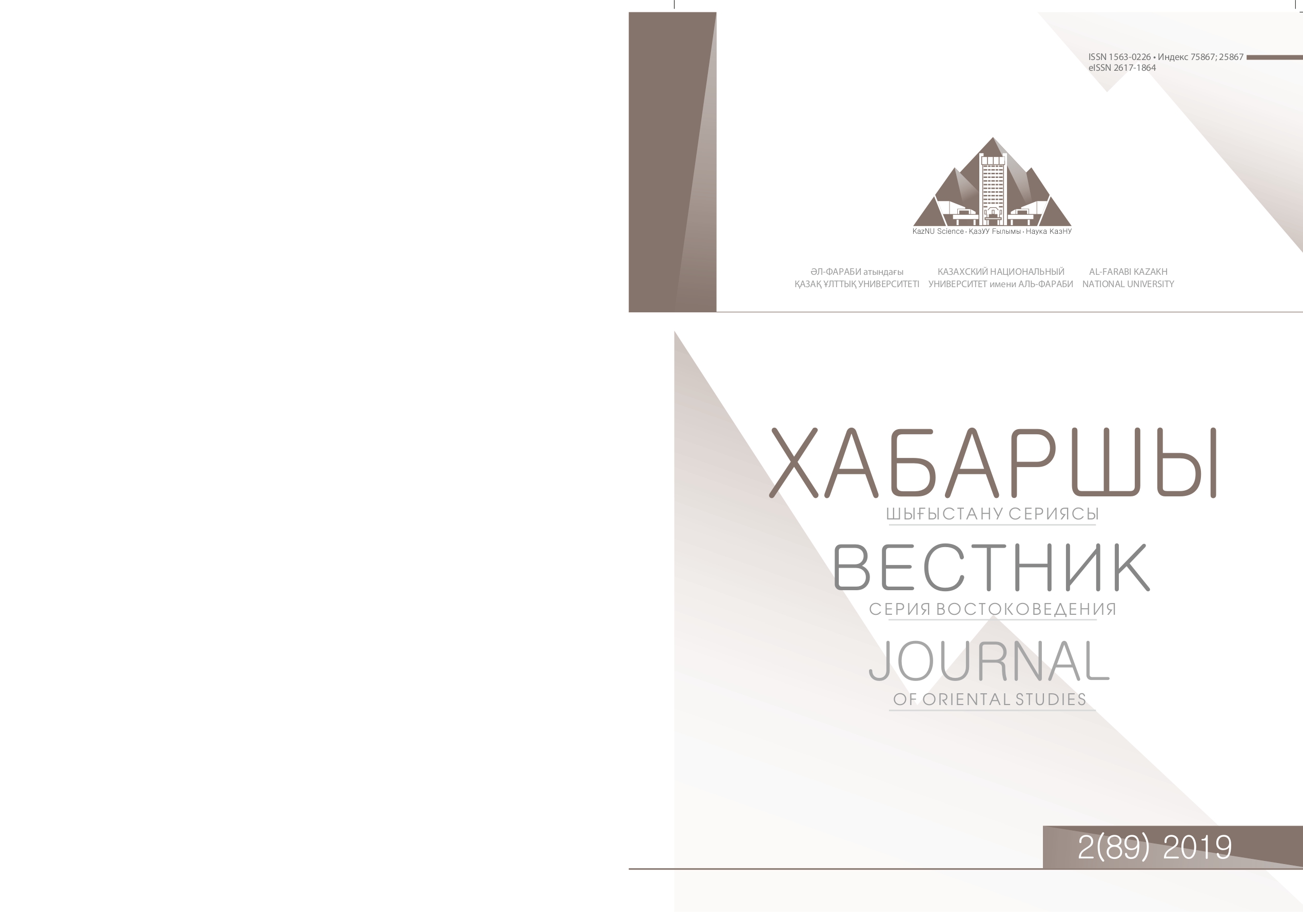Reflection of the realities in the translation of fiction
DOI:
https://doi.org/10.26577/jos.v89i2.1402Abstract
Regardless of what a translation is, for example, literary translation, simultaneous translation, scientific translation, translation is recognized as a complex creative work, subject to certain positions and postulates, as well as the translator’s personality. It is also true that fiction is primarily associated with the spiritual world view and way of life of people. Because literary translation is a kind of translation, which is a genre of fiction in another language, selfmotivated creative work. It is an artistic tool for cultural and linguistic study of the world, a universal and modern manifestation of human thought, knowledge and understanding. Folk science is a theoretical basis, one of the fields of science capable of solving literary and linguistic problems. And the translation of an artwork is a kind of artistic expression, which is the mastery of the artistic spirit of the original work in another language, accurate, true, qualitative. One of the most difficult problems in translation, especially in literary translations, is the emergence of realities and artistic composition. Realities are also known as “life, culture, historical epoch, social system, state structure, that is, the uniqueness of one nation, its uniqueness for peoples”. The article provides a story by Berdibek Sokpakbayev written in Kazakh “My name is Skin” translated into Turkish and Russian, the question of reality in translation, the concept of reality, the views of linguists and translators, some of the assumptions made in an attempt to analyze and consider the proposals. Key words: translation theory, realities, Berdybek Sokpakbayev, children’s literature, My name is Kozha.




